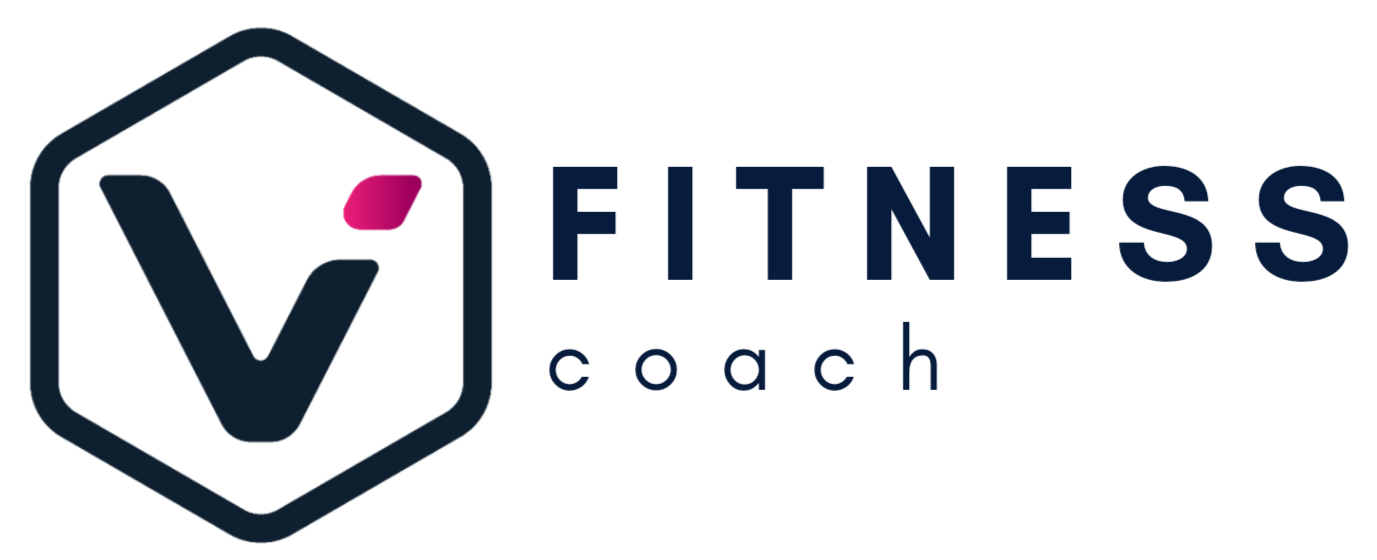Progressive Overload: Driving Adaptation in Resistance Training
Progressive overload (PO) is a really important concept in resistance training. It’s all about steadily increasing the challenge for your muscles over time to help them get stronger and more resilient. This report dives into how to apply PO in resistance training, including different strategies and training techniques to get the best results.
The Science Behind Progressive Overload
When we train, our muscles get used to the exercises we do. To keep making progress, we need to challenge them with new and increased demands. This can lead to muscle growth and improved strength in a few different ways:
Muscle Fibers Growing: This makes us stronger and more powerful.
Better Nerve-Muscle Connections: This helps us activate our muscles more effectively, leading to more strength.
Improved Muscular Endurance: Our muscles can store more energy, so we can keep going for longer.
Periodization: A Structured Approach to PO
Periodisation is basically linked to a well-structured training program that adjusts different aspects of your workout (like sets, reps, weight, and rest periods) in different phases. This helps you make progress and avoid getting stuck at a plateau. There are a few common types of periodization:
Linear Periodization: This is a straightforward model where you gradually increase the weight you’re lifting over the course of your program. It’s great for beginners, but it can sometimes lead to plateaus later on.
Nonlinear Periodization: This approach involves using different training phases with varying intensity and volume levels. It can be broken down into a couple of categories:
Wave Periodization: This involves cycles of increasing, maintaining, and decreasing training intensity.
Daily Undulating Periodization: This means changing up the intensity within a single workout or over the course of a week.
Block Periodization: Utilizes distinct training blocks with specific goals (e.g., hypertrophy, strength) with varying volume and intensity.
Choosing the right periodization model depends on individual training experience, goals, and recovery capacity. Consulting a certified trainer can help create a personalized program.
Variables for Progressive Overload in Resistance Training
Increase the Weight Gradually: When you’re lifting weights, try to gradually increase the amount you lift by small increments (5-10%) to avoid hitting plateaus and reduce the risk of injury.
Mix Up the Sets and Reps: You can challenge your muscles in different ways by increasing the number of sets or reps for each exercise. Here’s a breakdown of rep ranges and their benefits:
1-5 reps (Heavy weight): Great for building maximum strength.
6-12 reps (Moderate weight): Perfect for gaining muscle mass and strength.
12-20 reps (Lighter weight): Excellent for improving muscular endurance and definition.
Play with Rest Periods: Shorter rest periods (30-60 seconds) can help increase metabolic stress and endurance, while longer rest periods (2-3 minutes) are ideal for lifting heavier weights and maximizing strength gains.
Focus on Tempo: Tempo refers to the speed of your movements during an exercise. Slowing down the muscle lengthening phase can increase muscle time under tension, promoting muscle growth.
Choose the Right Exercises: Compound exercises that work multiple muscle groups, like squats and deadlifts, can be more effective than isolation exercises like bicep curls.
Plan Your Training Frequency: Aim for 2-3 resistance training sessions per week for each muscle group to allow for proper recovery and adaptation.
By combining these strategies in your training plan, you can ensure continuous progress and avoid hitting plateaus. Keep up the great work!
